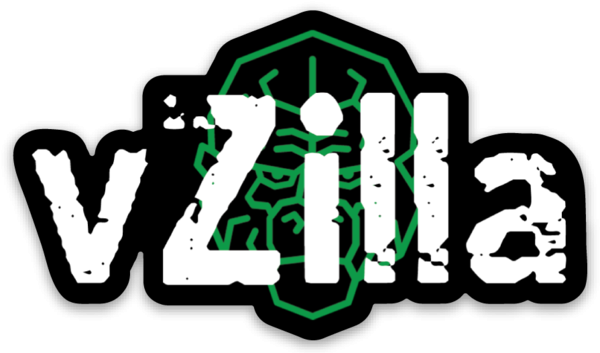Introducing Kubestr – A handy tool for Kubernetes Storage
My big project over the last month has not only been getting up to speed around Kubernetes but has had a parallel effort around Kubernetes storage and an open-source project that has been developed and today is released. In this post we are going to touch on how to get going with Kubestr, the first thing to mention is that this is a handy set of tools to help you identify, validate, and evaluate your Kubernetes storage. The Challenge The challenge we have with Kubernetes storage is that it’s not all that easy and it’s very manual to achieve some of the tasks that KubestrRead More →


